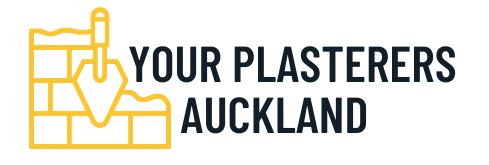What material is like plaster but stronger?
In New Zealand, one material that is often considered stronger than traditional plaster is fiber cement board. Fiber cement board is a composite material made from a combination of cement, cellulose fibers, and other additives. It offers enhanced strength, durability, and resistance to moisture, fire, and pests. Here are some popular fiber cement board brands used in New Zealand, along with their pros and cons:
- James Hardie: James Hardie is a well-known brand offering a range of fiber cement products, including their popular HardieFlex and HardiePlank boards. Pros of James Hardie products include their strength, durability, and resistance to fire, rot, and termites. They have a long-standing history in the construction industry and are widely available in New Zealand. However, they may be relatively more expensive compared to other alternatives.
- CSR Cemintel: CSR Cemintel is another reputable brand providing fiber cement board solutions. Their products, such as the CeminSeal and Barestone range, offer strength, durability, and versatility. They are suitable for various applications, including cladding and internal linings. Pros of CSR Cemintel products include their high-quality finishes, design flexibility, and resistance to moisture and termites.
- BGC Fibre Cement: BGC Fibre Cement is a New Zealand-based manufacturer known for their fiber cement board products. Their Duragrid and Duragroove boards are designed for exterior cladding and feature high strength and durability. BGC products are locally produced, providing advantages in terms of supply and support. However, their availability may be more limited compared to larger international brands.
Pros and cons of fiber cement board compared to traditional plaster:
Pros:
– Enhanced strength and durability compared to plaster.
– Resistance to moisture, fire, pests, and rot.
– Suitable for exterior and interior applications.
– Long lifespan and low maintenance requirements.
– Can be painted or textured for desired aesthetics.
Cons:
– Generally more expensive than traditional plaster.
– Requires specialized tools and expertise for installation.
– Heavier and more labor-intensive to handle.
– Limited flexibility compared to wet plaster for curved or intricate designs.
It’s important to consult with builders, contractors, or suppliers who specialize in fiber cement board products to determine the most suitable brand and product for your specific project requirements. They can provide more detailed information on the pros, cons, and history of each brand and guide you in making an informed decision.
